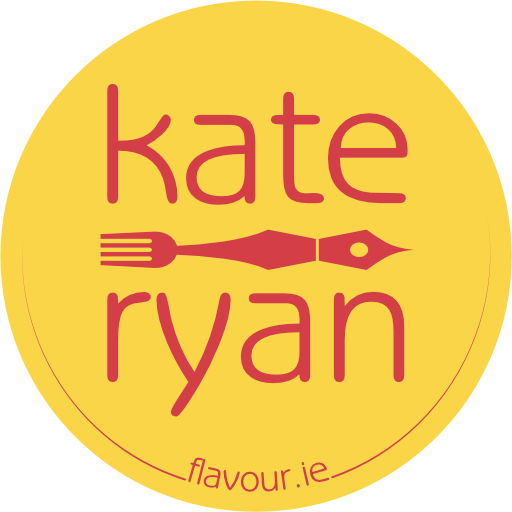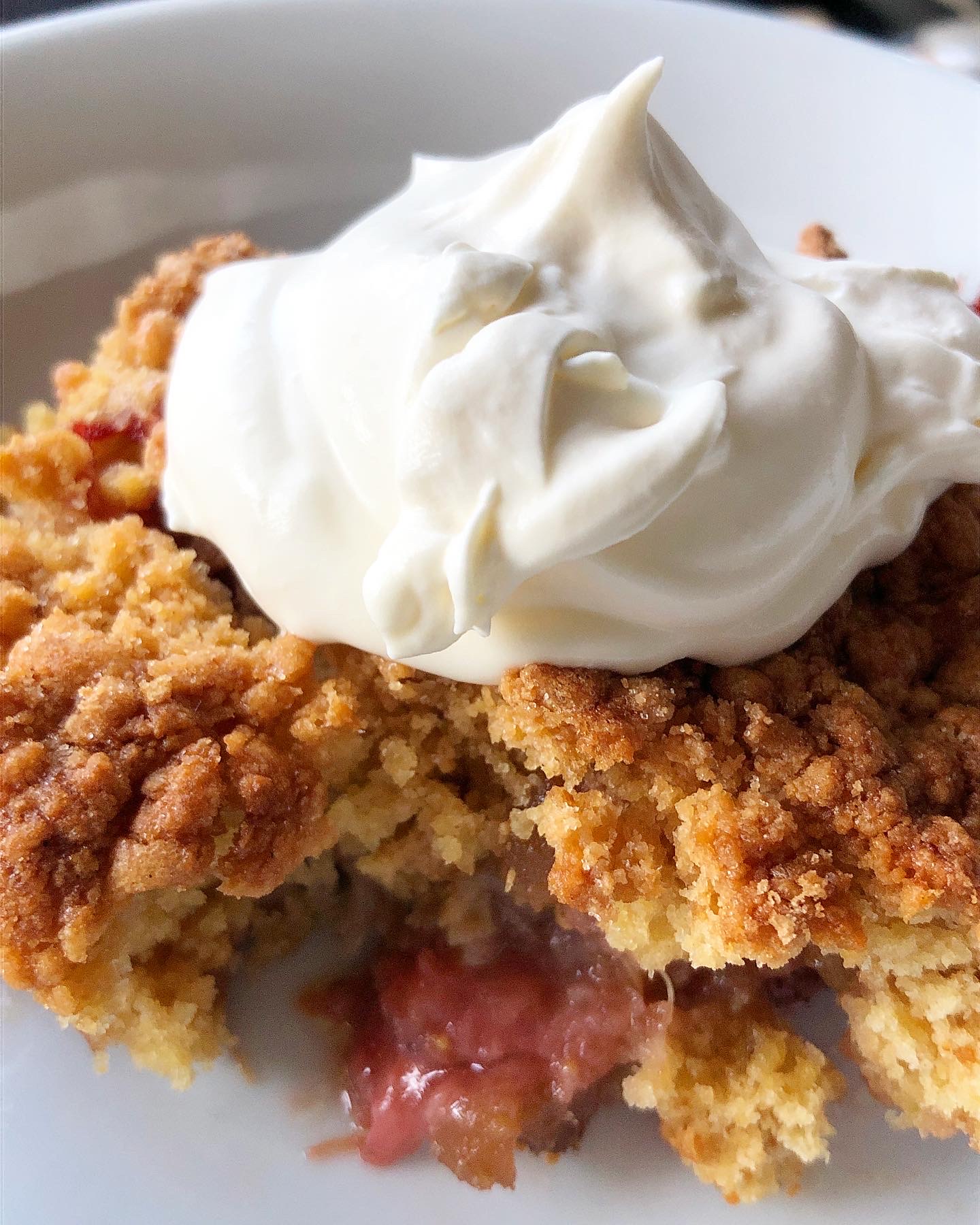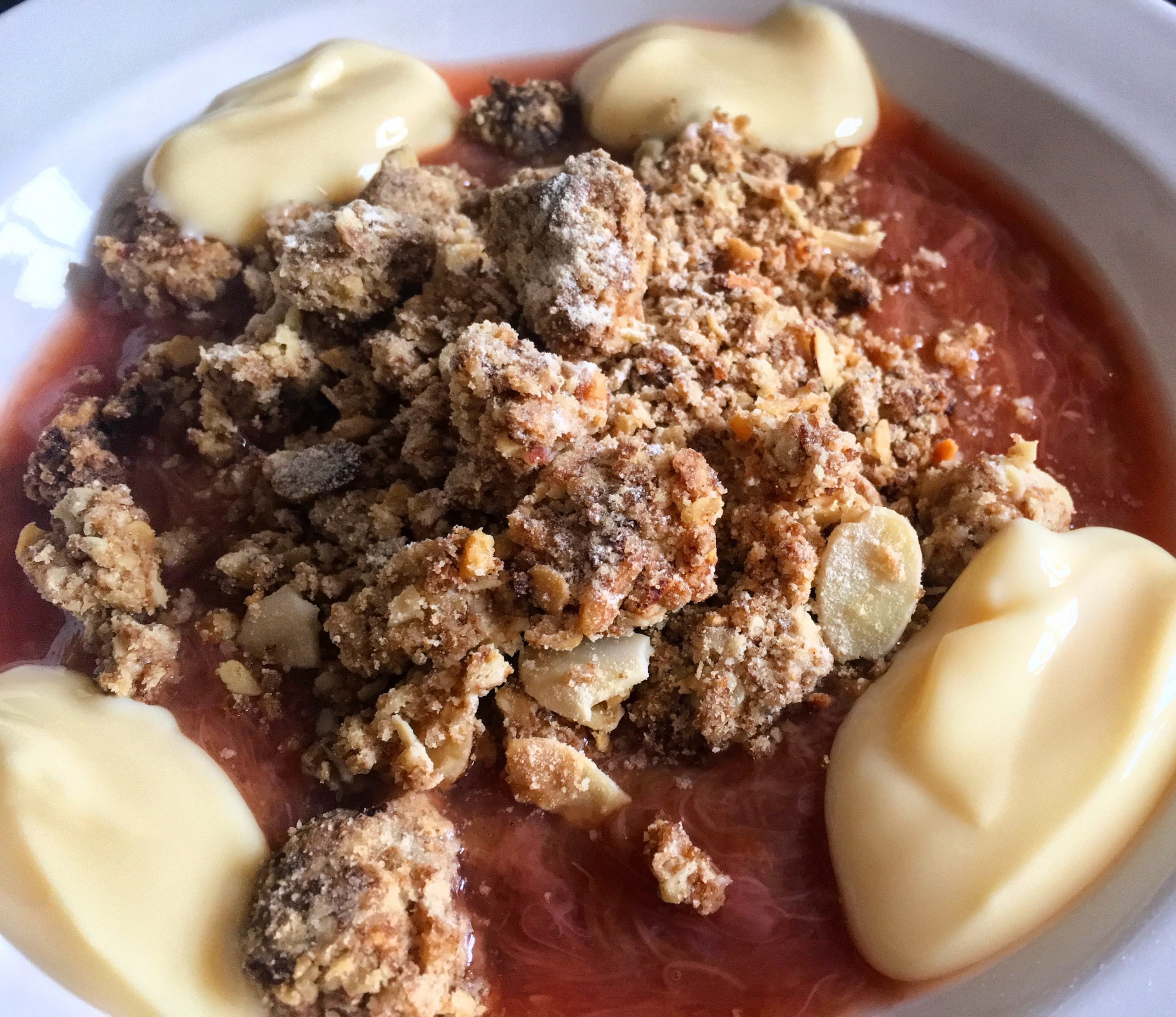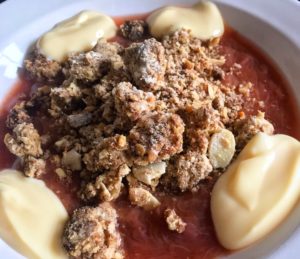A what? You might ask! Cobbler is better known in some parts of the UK but most popular in the US. They are distinct from a Crumble in the way the topping is put together, but essential Cobblers are a fruit base with a topping that is part biscuit, part crumble and part batter.
That probably isn’t helping you construct an image in your head, but what I can tell you is that they are universally lovelier than a crumble because of the copious amounts of butter!
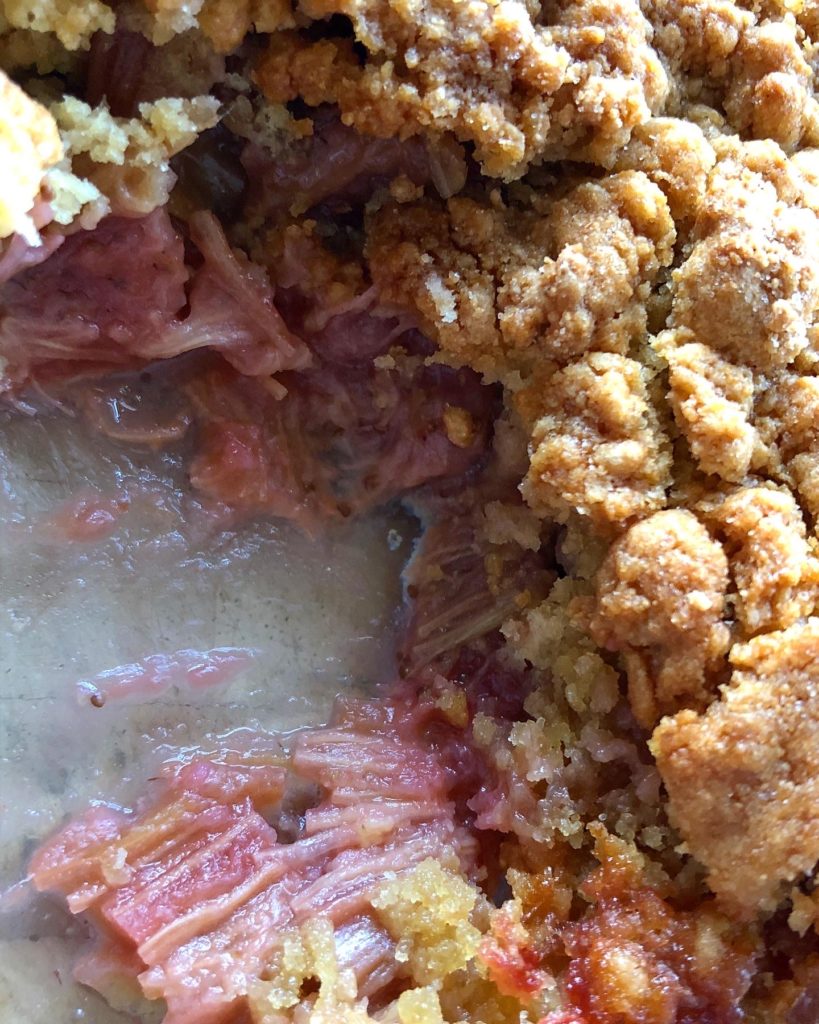
It’s late summer, and that means late season rhubarb and the last of the summer strawberries: two flavours I absolutely adore together. And at this time of the year, Rhubarb has enjoyed a long, slow growing period and is blushing red right now after soaking up all that sunshine. If your rhubarb patch has been kept well-watered, they will be succulent too and not at all woody.
If you’ve been following my #GIY adventures over on my Instagram page, you’ll see I’ve been reveling in more time spent in the garden this year, and all that focused time means I am being treated to the most wonderful season of homegrown fruits and veggies. In fact, this year will be the first year I harvested from my rhubarb plant. After several years of neglect, a relocation to a larger pot, new soil and plenty of organic feed and water has reaped benefits. Knowing when to pick is always a matter of timing, so when I decided it was time to clip mine, coincided with the last of my delicious strawberries being harvested too! And Cobbler was on my mind!
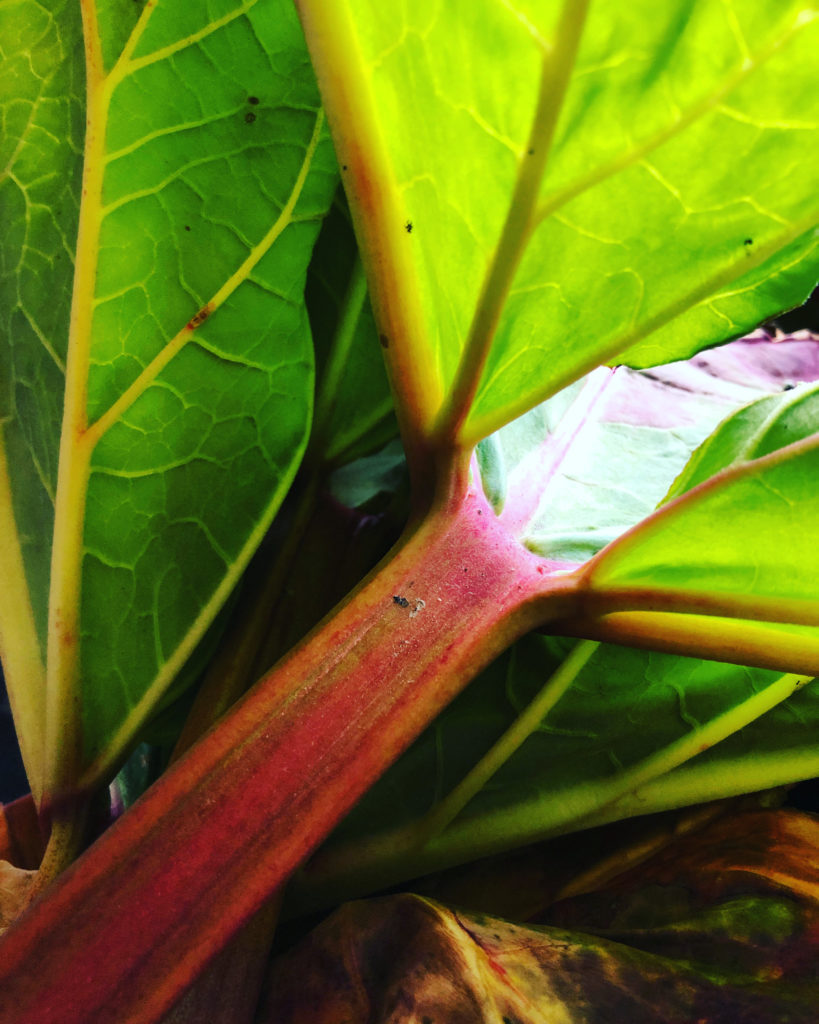
My other favourite Cobbler combo is also another great seasonal pairing: Peach and Raspberry, for mid summer, or Peach and Blueberry for late summer. The point is, like a crumble, a Cobbler can be any mix of seasonal fruits you wish (apple and brambleberry, anyone?), so go with whatever you fancy!
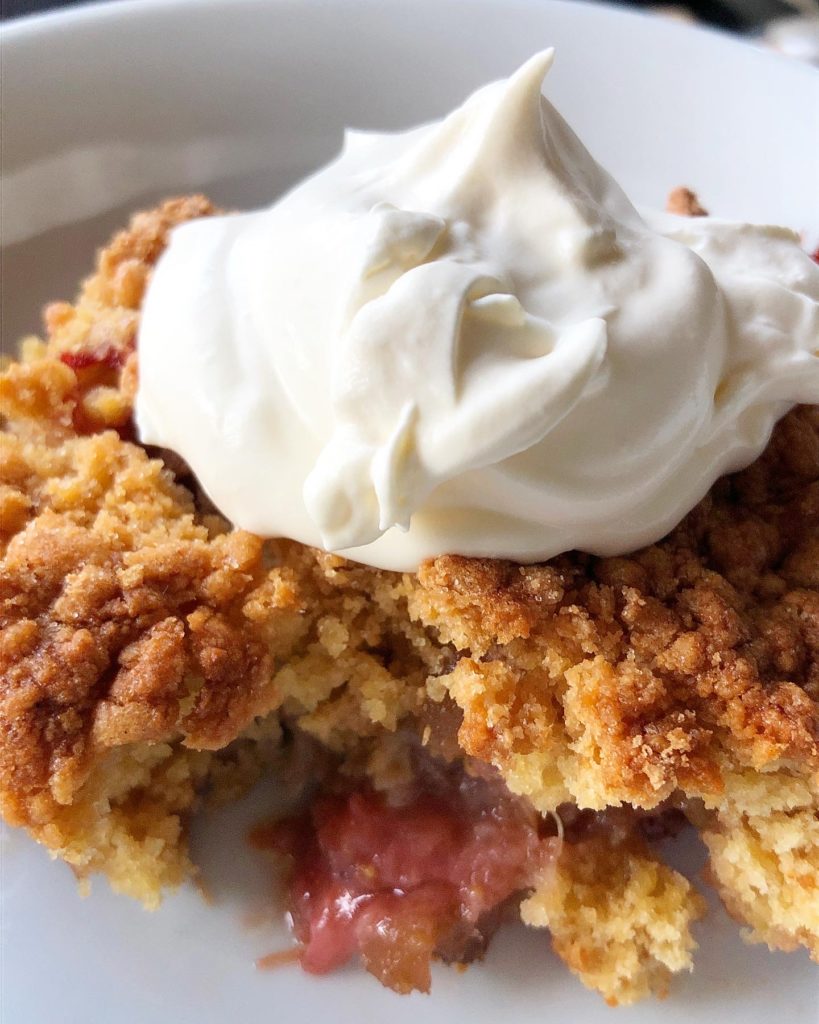
Ingredients:
- 4 stalks of blushing red rhubarb, cut into 2 cm pieces
- 250 g of strawberries, hulled and halved
- Dash of water
- 250 g all purpose white flour
- 1 tsp baking powder
- 250 g light Demerara sugar
- 1 medium egg
- 115 g butter, melted
- Whipped cream or ice cream to serve.
Method:
- Heat the oven to 175 degrees Celsius, fan.
- Into a deep sauce pan, add rhubarb and dash of water. Cook over a medium heat until the rhubarb starts to break down a little – about 5 minutes. Add the strawberries to the rhubarb and stir gently to combine, cook for 1 minute, take the pan off the heat and set aside.
- Into a bowl place the flour, baking powder, sugar and egg. Mix together using your hand until everything comes together in a crumbly texture.
- Place the fruits into a deep baking dish and scatter the crumbly mix over the top.
- Melt the butter and drizzle all over the crumble mixture. Place immediately in the oven and bake for 40 minutes until crisp on top and the fruit is bubbling underneath.
- Serve hot from the oven and topped with some lightly whipped cream, or good quality vanilla ice cream.
Enjoy…!
